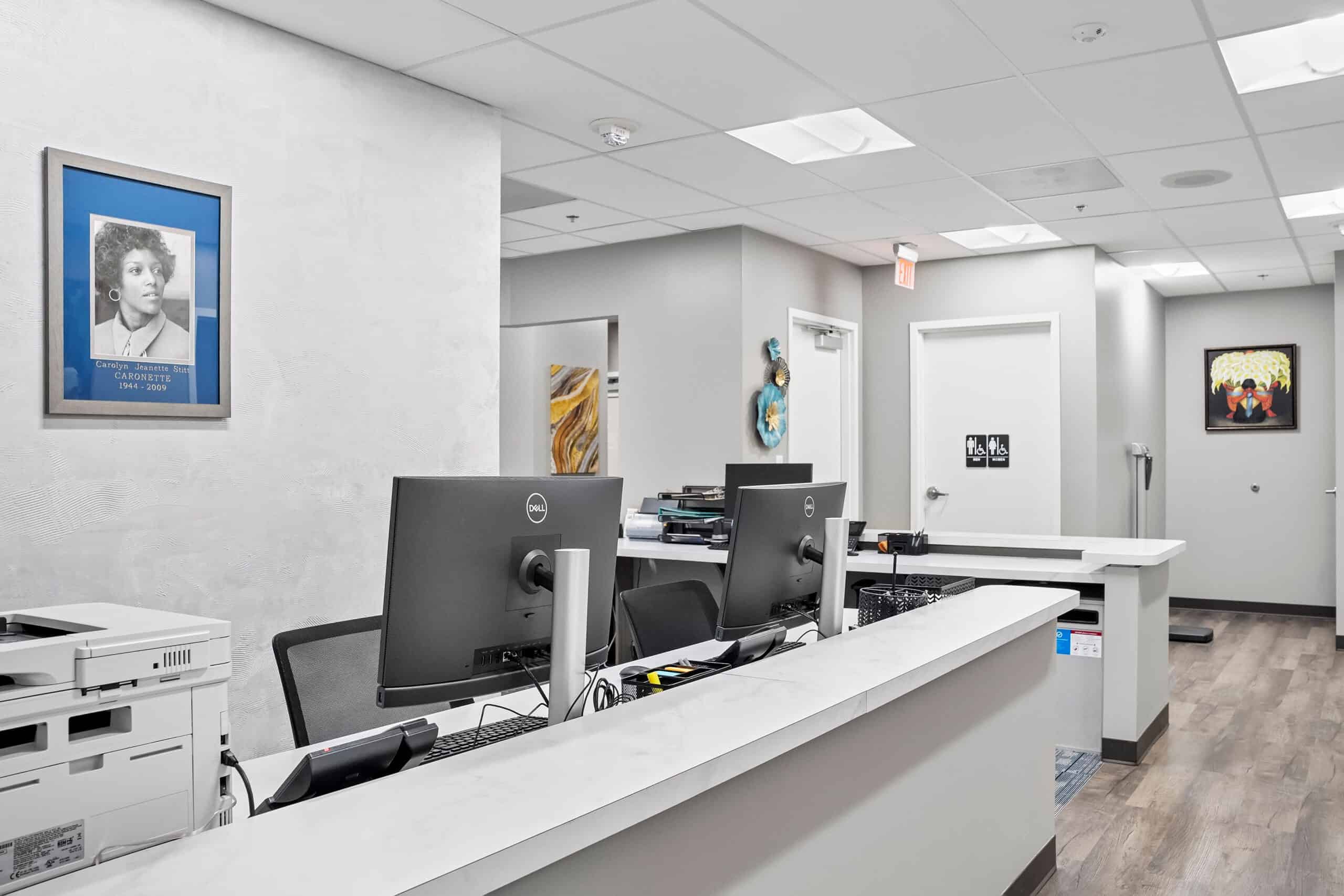Introduction
Welcome to our in-depth look into the world of fibroids and their significant influence on women’s health. These prevalent yet often misunderstood health issues, can play a surprising role in a woman’s overall wellness journey.
In this article, we will explore the connection between fibroids and women’s health. Our aim is to shed light on this crucial topic and equip you with the knowledge to make informed decisions regarding your health. So buckle up and join us as we embark on this fascinating journey into the world of fibroids and women’s health.
Understanding Fibroids
Fibroids, also known as uterine leiomyomas, are non-cancerous growths that develop in the uterus. They are a common occurrence in women, particularly during their childbearing years. They can range in size from tiny, almost imperceptible growths, to large masses that can distort the shape of the uterus.
There are several types of fibroids, including intramural, subserosal, and submucosal fibroids, each growing in different parts of the uterus.
The exact cause of fibroids remains unknown. However, factors such as hormonal changes and genetic variations are believed to play a role. Some common risk factors include age, family history, and obesity.
While some women with fibroids experience no symptoms, others may face complications such as heavy menstrual bleeding, pain in the pelvic area, and complications during pregnancy. Understanding these symptoms is critical to seeking timely medical attention.
The Link Between Fibroids and Women’s Health
Fibroids, much like unwelcome houseguests, have a significant impact on a woman’s health, meddling with both her physical and emotional well-being. They’re prevalent among women, especially those between the ages of 30 and 50.
- Their physical effects can range from discomforting symptoms such as heavy menstrual bleeding, pelvic pressure, and frequent urination to more serious complications like infertility.
- On the emotional front, the unpredictable nature of fibroid growth and the potential for severe symptoms can lead to anxiety and distress.
Living with fibroids can feel like balancing on a tightrope, with potential risks and challenges lurking at every step. It’s vital to understand the implications of these uninvited guests on women’s health, ensure early detection, and seek appropriate treatment.
Diagnosing Fibroids
Identifying fibroids is crucial in managing their impact on women’s health. The journey to diagnosis often starts with recognition of symptoms and the correct diagnostic procedures.
- Physical Exams: One of the first steps involves physical exams, typically a pelvic examination, as part of the process. This allows healthcare professionals to feel for any abnormalities or changes in the uterus.
- Imaging Tests: Imaging tests such as ultrasounds, CT scans, and MRIs provide an in-depth view of the uterus and can help pinpoint the presence and location of fibroids.
Misdiagnosis or ignoring symptoms can lead to unintended consequences. Untreated fibroids can increase in size and possibly exacerbate symptoms or lead to complications. It’s essential to seek medical attention if you experience any signs related to fibroids.
The importance of early detection and diagnosis cannot be overstated. It enables the start of appropriate management and therapy, which can significantly improve a woman’s quality of life.
Treatment Options for Fibroids
When it comes to fibroid treatment, there are several options that can help alleviate symptoms and improve quality of life. The choice of treatment often depends on the size, location, and number of fibroids, as well as the woman’s age and desire to have children.
- Medications: Certain drugs can regulate your hormones to limit fibroid growth, or even shrink them temporarily. However, they may not be a long-term solution as fibroids often grow back once treatment is stopped.
- Surgery: In more severe cases, doctors might suggest surgical procedures. This could range from a myomectomy, where only the fibroids are removed, to a hysterectomy, a more radical procedure involving the removal of the entire uterus.
- Alternative therapies: Some women opt for non-invasive procedures like uterine artery embolization, which works by restricting the blood supply to the fibroids, causing them to shrink.
Regardless of the chosen path, it is crucial to consult with a healthcare professional to personalize the treatment plan according to your specific needs and circumstances.
Lifestyle Changes to Manage Fibroids
Adopting healthy lifestyle habits can be a powerful tool in managing fibroids. This includes maintaining a balanced diet, staying physically active, and managing stress levels.
- Maintain a Balanced Diet: Consuming a diet high in fruits, vegetables, lean proteins, and whole grains can help in managing fibroids. Avoid processed and high-sugar foods.
- Stay Physically Active: Regular exercise can help maintain a healthy weight, which is vital as excess body weight can exacerbate fibroid symptoms.
- Manage Stress: High-stress levels can worsen fibroid symptoms. Techniques like yoga, meditation, and deep breathing exercises can be beneficial.
Remember, these lifestyle changes are not a cure, but they can help manage symptoms and improve the overall quality of life. Always consult with a healthcare professional for personalized advice.
Future Outlook for Fibroids and Women’s Health
As we gaze into the future, optimism abounds for those grappling with fibroids. Current research and developments in fibroid treatment promise exciting possibilities that could significantly impact women’s health. From newer, less invasive surgical methods to advanced medications that target fibroids more effectively, the medical community is tirelessly pushing the boundaries of our understanding and treatment of fibroids.
But the future isn’t just about medical advancements. It’s also about empowering women with knowledge. There’s a growing movement to raise awareness about fibroids, making it easier for women to identify symptoms, seek help, and navigate their treatment options.
Education and advocacy are fundamental in this journey. By making fibroids a mainstream conversation, we can ensure that no woman feels alone or helpless in her battle against this common health issue. After all, knowledge isn’t just power – it’s the key to a healthier, happier future.
Conclusion
As we draw to a close on our exploration of fibroids and women’s health, it is paramount to understand the correlation between the two. Fibroids are not just medical anomalies; they pose significant challenges both physically and emotionally, thereby impacting a woman’s overall health.
Recognizing the symptoms, timely diagnosis, and appropriate treatment can mitigate the complications associated with fibroids. It’s essential to consult with healthcare professionals to make informed decisions about managing fibroids. Lifestyle changes, including a healthy diet and exercise, along with managing stress and maintaining a healthy weight, can also assist in managing fibroid symptoms.
Given the current advancements in fibroid treatment, there are numerous reasons to stay optimistic about the future. Women’s health and fibroids research are burgeoning fields with significant developments expected to come. The impetus is on us to educate ourselves and advocate for our health. If you are experiencing fibroid symptoms or would like more information, seek medical attention promptly.


